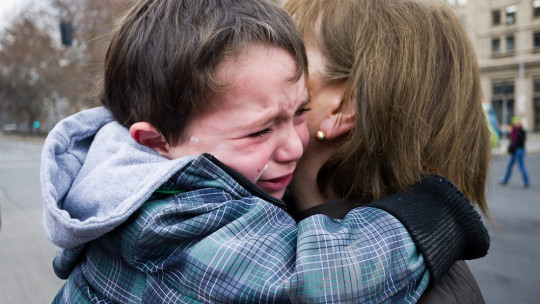An essential component of first importance when working with domestic violence is that the different professionals involved with the family carry out a thorough assessment of the risk for the people involved and implement an action plan that includes the requirements so that each member of the family is safe. This risk assessment is of no use if it is not documented and communicated effectively.
Likewise, in these cases, not only the therapeutic relationship established between each family member and the therapist is extremely important, but also that of the family as a system and the therapist. If one of these two is missing, either the perpetrator does not take responsibility for his or her actions or the therapeutic work is negatively affected and the intervention will not be effective.
The systemic perspective is not just about technique, but is largely a function of our sense of ourselves as therapists, the stance we take as therapists, and the attitude we display toward the people we work with.
How to work on domestic violence as a therapist?
To promote a healthy and functional therapeutic relationship, in addition to the obvious confidentiality within the framework of what is possible, The therapist must move away from premature certainty and “not understand the situation too quickly.” This is what Mason called the Secure Uncertainty position. We all agree and know that violence is unacceptable in any of its forms, but each specific case is a different reality, the reality of that particular family.
Curiosity to understand what is happening and to whom it happens leads us to ask questions that otherwise would not occur to us because we already take them for granted, which causes people to open up instead of being defensive.
This openness creates a climate of therapeutic safety that allows people to be honest with us and even if they choose not to inform us, the therapeutic climate is different. In order for this therapeutic security to be created, it is essential that the therapy not be inundated with the legal or judicial problems of the case
Thus, interdisciplinary collaboration is extremely important since it allows other professionals – social workers or justice workers – to be in charge of ensuring that judicial regulations (if any) are met, while we can “do therapy” in the more practical sense of the word.
If the therapy is part of a court order, it is best to discuss this dilemma with the family and create a space in which they can express their feelings about this, otherwise what is left ‘unsaid’ will be affecting the therapy and taking on a even more powerful than the therapy itself.
A therapeutic space to express yourself
Normally, we treat those who are violent against other people with a certain lack of respect, while we hope that they learn to respect others. “Informant curiosity and informed neutrality” allows us to be more open to information in a non-judgmental way and to listen to each family member
At the same time, it favors therapeutic commitment, especially on the part of the perpetrator, who feels that he or she is also being listened to with respect. From this position of active listening, space is left for awareness and acceptance by the perpetrator (explicitly with the family present) of responsibility for their behavior, while helping the victim/s and witnesses. freeing oneself from possible ‘guilt’, opening the way to intra-family agreement on new meanings, thus reinforcing alternative behaviors.
No family is solely violent or dysfunctional so we must look for the ‘strong points’ and ‘exceptions to the violent pattern’ of the family and reinforce them , for example with expressions like “How did you manage not to explode if you were so angry on Friday?” These exceptions contain key solutions and we must ‘do therapy’ with them.
Is domestic violence always treatable?
Working with domestic violence in any of its forms is systemic and never easy. There may be cases of domestic violence that are not treatable, and even those that are can be a very difficult experience for the therapist who must learn to calm his own anxiety and anger and get rid of his own stereotypes and prejudices.
As therapists, we need to be aware of what we can do and not try to ‘rescue’ or ‘fix’ the families we work with. For all this, it is of utmost importance that the therapist has the possibility of periodically accessing supervision and consultation sessions with other professional(s) external to the case where he/she can enrich his/her practice and deal with possible personal feelings/thoughts that arise. during the process.
The difficulty is complicated because a time and rhythm is required that depends on each family and its specific problems. Besides, Individual treatment for each family member must be parallel and adjusted to the specific type of domestic violence Above all, it requires ‘wanting to do’ on the part of the family, who are often not prepared for therapy.
As we have seen, there are many contexts to take into account when working with domestic violence. For Systemic and Family Therapists in practice it means maintaining a systemic perspective of openness and working at all possible levels of family dynamics.
Thus, it also implies being fully integrated into a coordinated local community response to domestic violence, being modest in terms of the therapeutic results achieved to favor multidisciplinary work, promoting practical knowledge based on evidence at the time of interventions and integrating the What is valuable about the different interventions to more effectively tackle the violence that occurs within families.
Definitely, In the fight to work increasingly better against the suffering that violence brings to children, adolescents, men and women around the world, there is still much to write









